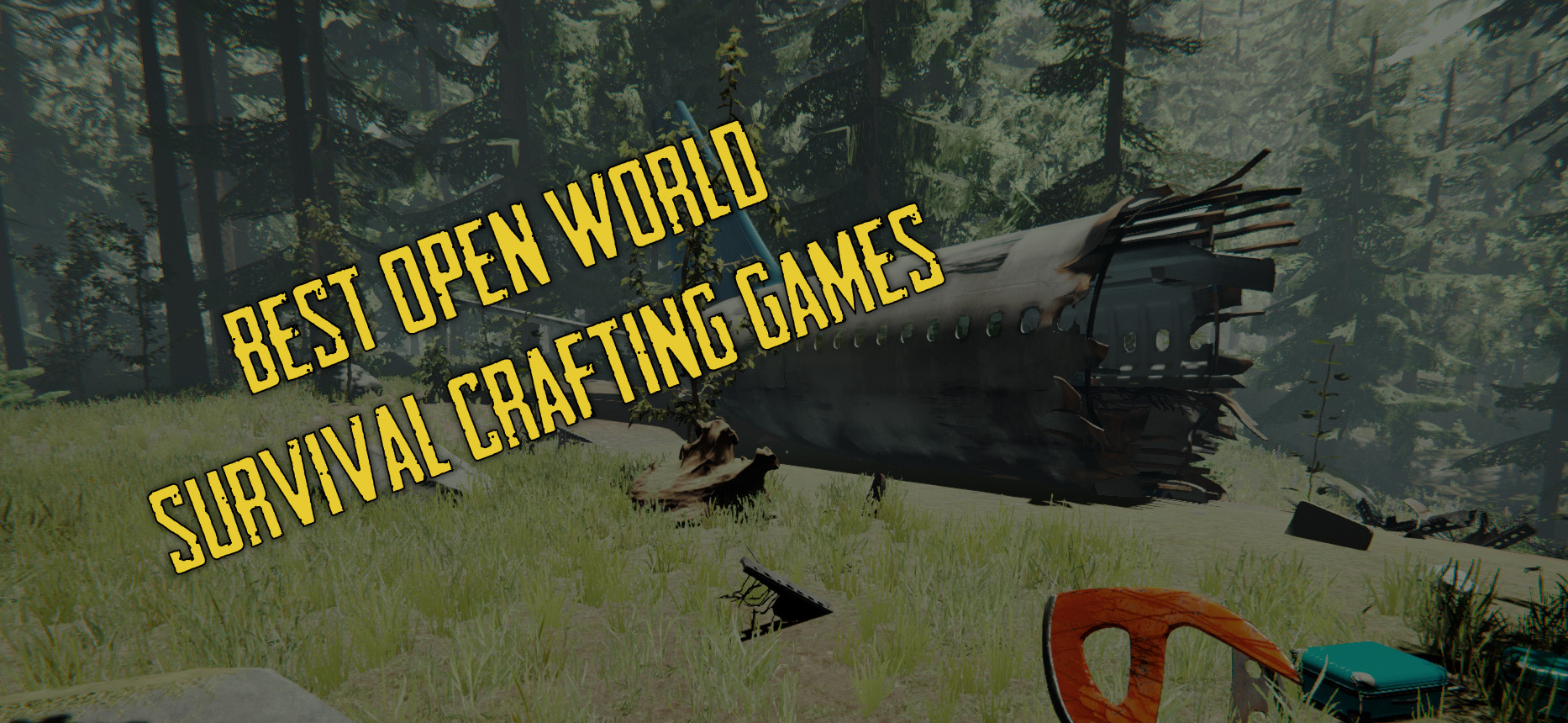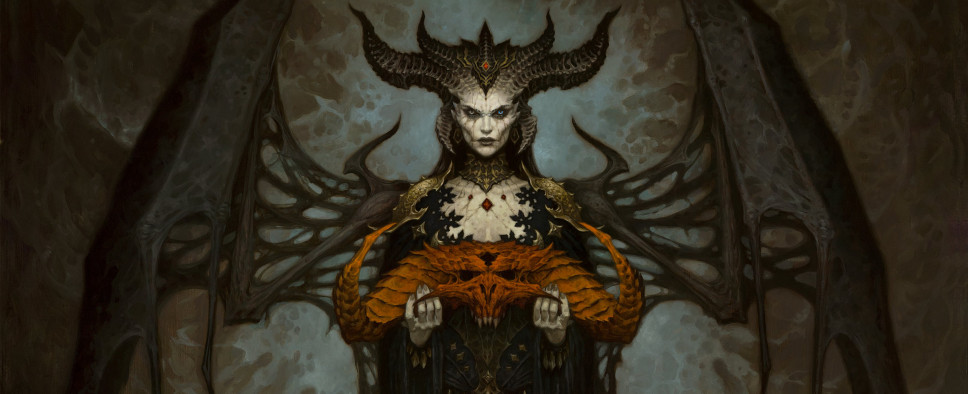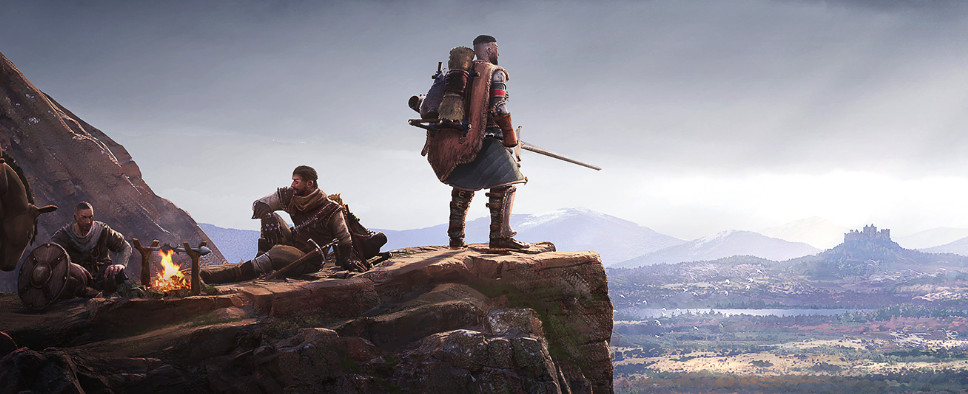Panic among Fallout fans and RPGers alike spread throughout the internet after news broke a couple of weeks ago that Interplay had shut down Black Isle Studios and put Fallout 3 on hiatus. Although it doesn’t serve as much consolation to those Fallout fans that were looking forward to the next PC title in the series, there will be at least one more game set in the post-apocalyptic universe – Fallout: Brotherhood of Steel – and it will be hitting store shelves in only two weeks. This time, the Wasteland comes to life on both the PS2 and Xbox consoles, and will offer a unique source of Fallout material to sink our teeth into. Luckily, we were able to track down Dan Kingdom, Designer on the project, to get some answers for the questions we had about the game. Read on:
GB: For those gamers that haven’t been following Fallout: BoS, can you give us some details about the storyline and how the game relates to previous Fallout titles?
Dan: Fallout: Brotherhood of Steel is post-apocalyptic action adventure, set roughly between the first and second installments of the PC games, and picks up on some of the issues left over from the first; such as the remnants of the Mutant Army.
Of course, we have had to ensure that anyone who hasn’t played either of these can also enjoy the game, so the main story line introduces itself gradually, rather than being a direct continuation of prior events.
As an initiate of the Brotherhood of Steel, your character is set upon a task to prove their worth, one that sounds straightforward enough at the start. Simply find the small town of Carbon in the great expanse that was once America and contact the Brotherhood Paladins that wait within. At the start of the game, your character – one which you can choose from three available to begin with – enters Carbon, but the Paladins are nowhere to be found.
The game then drags you into an adventure to locate your missing contacts, forcing you to deal with the powers that secretly govern the town, and on towards the remains of a city over the horizon.
GB: In Baldur’s Gate: Dark Alliance, players had to drop items if they wished to trade with one another. Will there be some sort of trading interface window available in Fallout: BoS?
Dan: The player will trade in the same fashion as seen in BG: DA, with a number of characters along the path of your adventure offering you access to a large number of items, weapons and armor for you to browse through, provided of course that you have the caps to pay for them (caps being the wastelands sole-surviving form of currency).
GB: Many of us Fallout fans loved the cartoonish Vault Boy character Black Isle used to complement the traits, perks, and other statistics in the original Fallout games. Can we expect to see any new sketches of this little guy throughout Fallout: BoS?
Dan: Yes indeed, that little rascal is back once again, most notably in the player’s stats screen, ably demonstrating all of the skills that you can acquire throughout the game. However, keep your eyes peeled whilst exploring the game world and you’ll also catch sight of him in some new, uh… dimensions.
GB: Will character advancement involve attributes (SPECIAL), perks, and skills? Any new abilities you can elaborate on that weren’t in the first two Fallout titles?
Dan: We’ve taken the core functionalities of the SPECIAL system and transferred them into a selection of skills that you will be able to utilize as you play through the game. Whilst your character starts at a default level of ability; average health, adequate weapon use and so on, you can spend the points earned by leveling up to improve these abilities and acquire new ones (anyone who has played Baldur’s Gate: Dark Alliance will feel instantly at home here).
With a wide range of skills, you can decide to concentrate on improving your melee combat ability – turning your character into a walking engine of pugilistic destruction – or you can hone your ranged weapon and explosive skills and take people out from afar. Mixing these up will create a ‘jack-of-all-trades’, allowing you to dabble in everything. It really all comes down to your own personal tastes.
As for new skills, each of the three characters has a number of specialized skills available only to them. An example of this would be Nadia, who can learn to use custom-made arms and energy weapons with far greater dexterity than the other two.
GB: With the game shipping very soon, can you elaborate on the unlockable characters in the game (how many, what type of characters they might be, etc)? How about the third character, Cain?
Dan: All I can say at the moment is that yes, we do have unlockable characters that you can play through the game again with, and that each is accessed by completing the games three chapters – attentive readers should be able to deduce how many then are available 😉
Cain is the third of the characters available from the beginning of the game, and the most off-beat of the three since he is in fact a Ghoul (the twisted and ugly bastard offspring of radiation and mutagens). Cain is actually a kind of ‘all-round’ character, a middle ground between Nadia speed and agility and Cyrus’s strength. Also, his ghoul pedigree allows him certain leeway with toxic substances that would harm the other two.
Unlike the other two, who are attempting to join the Brotherhood for relatively noble causes, Cain is only interested in acquiring power. He’s ugly, he’s devious, and he’s a lot of fun :).
GB: As we understand it, there will be “bonus” areas that require both players to activate. Any other details you can provide? Other than two-player “bonus” areas and unlockable characters, what other secrets and easter eggs might players uncover?
Dan: Yes, there are indeed some areas of the game world that the player will only be able to access with the help of another player (essentially, these are locked doors that require two switches to be thrown simultaneously, leading the player to bonus locations).
As for other secrets and easter eggs… well, we have a number of in-game references to the previous games, with some characters and descriptions that will mean more to those with a good background knowledge of the Fallout universe. We also have a few hidden items and weapons that the player will only be able to find by either exploring zealously or performing key actions in certain locations. Of course, we’re not going to tell you about those just yet 😉
Some easier things to find are the bonus movies that you can unlock by completing the game on different difficulty levels. These include concept art for people, places and weapons, as well as a music video for one of the tracks featured in the game.
GB: Were any members of the Black Isle team involved with Fallout: BoS, perhaps to help flesh out the storyline and keep it in line with the previous titles? Has the departure of the BIS personnel detracted from the game’s development in any way?
Dan: Luckily for us, the BIS guys were very interested in what we were doing with F:BOS, and from the very beginning we had a lot of contact with them regarding storyline, setting and characters. They also provided us with a mountain of information to help out with all the tiny details that litter such a landscape, from timelines to bibles.
The actual design elements were wrapped up quite a while back, with the in-between time left to actually implementing them, and we finished production of the game a little before Christmas and the recent events in BIS.
GB: Can you explain how ranged combat (aiming) will work in Fallout: BoS? Also, did called shots make it into the game, or will targeting be random?
Dan: After looking at the combat system that was in the original Baldur’s Gate: Dark Alliance, we thought that it would be relatively easy to adapt it to a ‘Target Aiming’ system. It actually turned out to be one the harder functions we had to build into the redesigned engine, and it took many months of fine-tuning to come up with a system that was easy to use for the player, but also allowed for a moments of error as they leveled up their characters ranged abilities.
The system we have in now allows you to lock on to an enemy target (depicted by the classic ‘red outline’) by holding down a shoulder button. With this active, the player’s character will always face and move around the target, allowing the player to concentrate solely on that point. Firing your weapon whilst locked will always guarantee a shot in that direction, but the skill level your character is currently at will determine whether or not you actually hit it, and how much damage that shot will do.
A good example of this would be firing an SMG at a locked target with a character whose ranged combat skills are rather low. The spray of bullets from the SMG would all snake towards that target, but because of the spray, not all of them would strike. Now, with a character that has had their ranged weapon skills increased, that spray becomes tighter, resulting in more hits. A fully-leveled up character would have practically no spray whatsoever, guaranteeing an accurate and lethal volley of bullets.
GB: What do you feel are the most prominent aspects of the game that will set it apart and make it a unique experience compared to previous Fallout titles and other action RPGs like BG:DA?
Dan: Unlike the previous Fallout titles, this incredibly action-orientated, designed for an arcade style of game play. Of course, we want you to play longer than just fifteen minutes, so we also have the character development system, and a three chapter storyline to keep you coming back for more. Whereas the Fallout series has in the past been built around a turn-based structure, the action in F:BOS is real-time and creates a much more galvanized atmosphere.
If you enjoyed playing BG:DA and want something similar, then F:BOS retains enough elements to make you feel at home. If you wanted something a little more hands-on, then the gunplay and increased melee combat should satisfy that need as well.
GB: What does the future hold for the Fallout license? Where would you personally like to see the Fallout world make its way within the next several years?
Dan: I think if anything, F:BOS has shown us that there are a lot of potential stories still to be told in the Fallout universe. I personally would like the console games to become their own ‘pocket universe’, telling tales that we might not otherwise have seen in the PC games. The wasteland is a pretty big place after all, who knows what else is out there? 😉
GB: Any final comments before the game hits store shelves?
Dan: It’s comforting to know that we can sit back and play the game after quite a while developing it, and still have fun and enjoy playing it. We hope you do too.
Thanks Dan!




